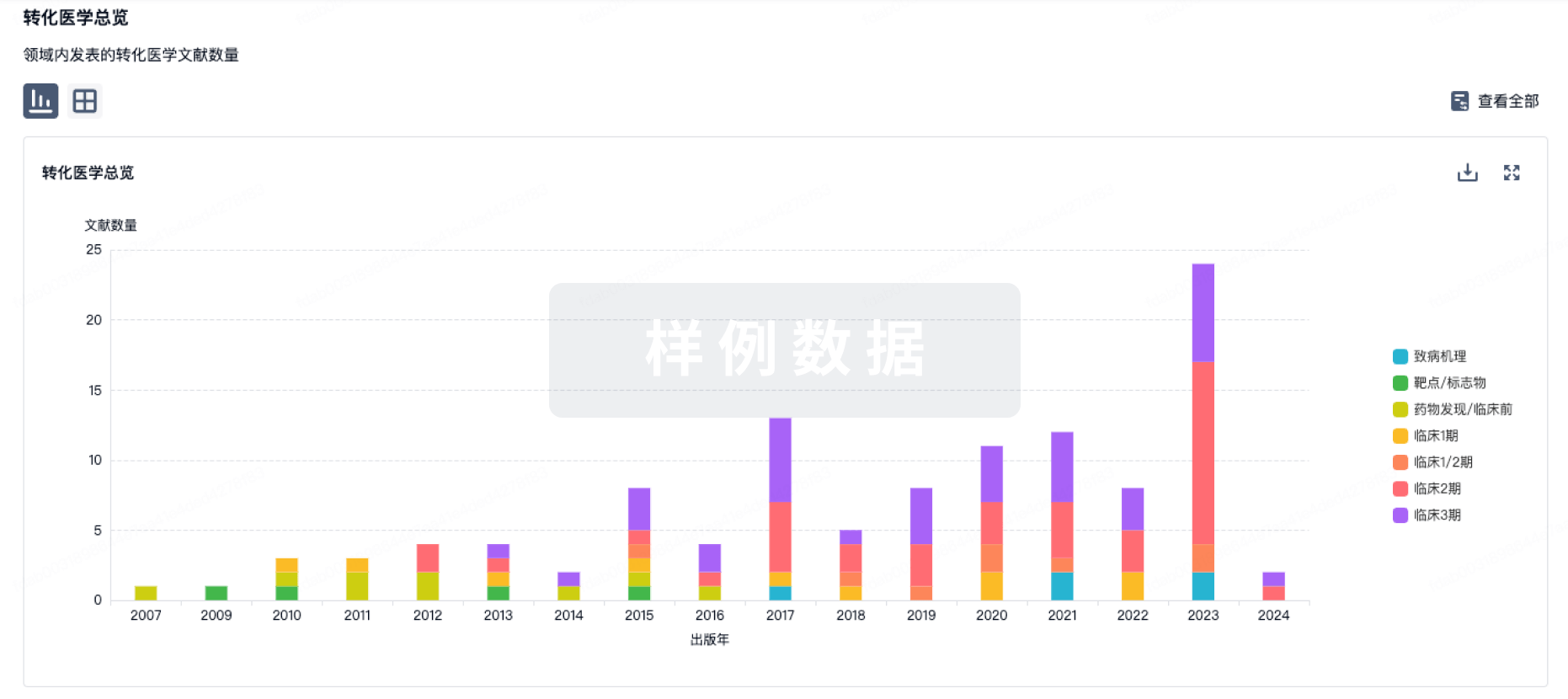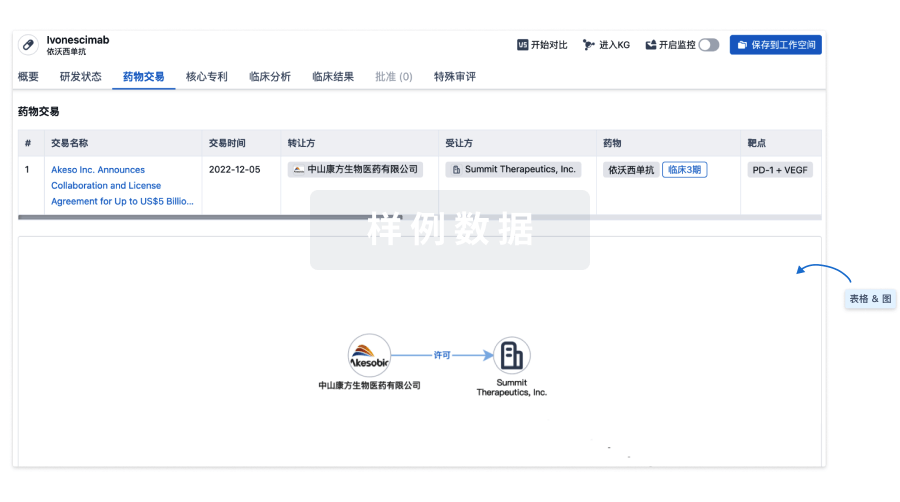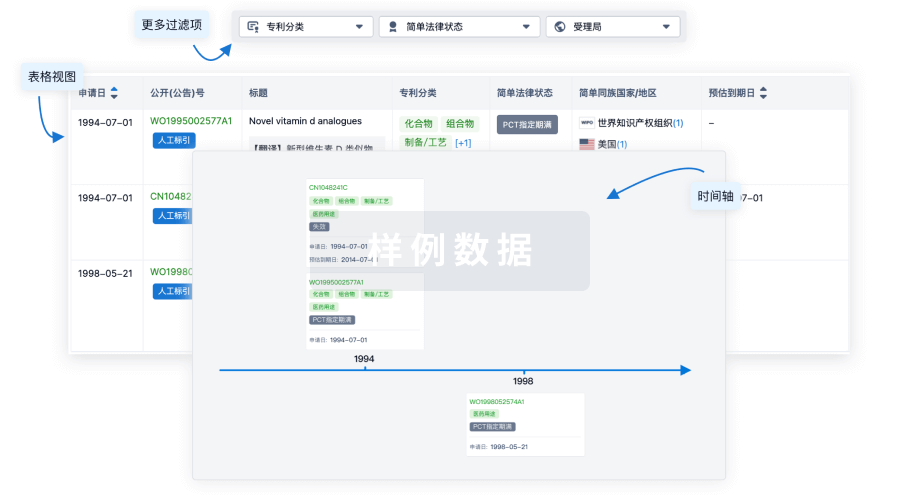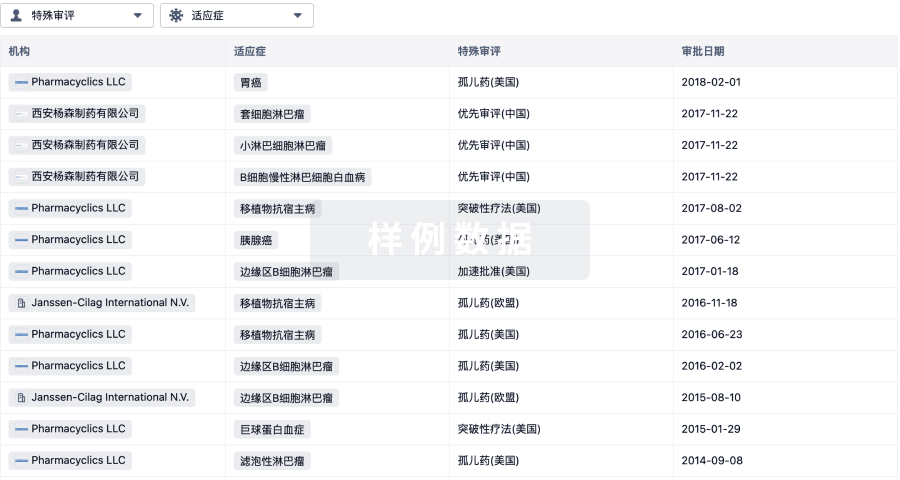The characteristics of endogenous serotonin (5-HT)-mediated synaptic transmission were investigated in the hippocampal CA1 and CA3 fields of anaesthetized rats. Electrophysiological approaches were used to elucidate the effects of a selective 5-HT reuptake inhibitor, fluvoxamine, on synaptic transmission by determining the population spike amplitude (PSA). Fluvoxamine (10 or 30 mg/kg i.p.) increased the PSA in the CA1 and CA3 fields concentration dependently, whereby this facilitatory response was greater in the CA3 than in the CA1 field. Fluvoxamine (30 mg/kg i.p.)-induced increases in the PSA were augmented by the 5-HT(1A) receptor antagonist NAN 190 (0.5 mg/kg i.p.) and prevented by the 5-HT(4) receptor antagonist GR 113808 (20 micro g/rat i.c.v.) or by the 5-HT(7) receptor antagonist DR 4004 (10 micro g/rat i.c.v.) in the CA1 field. Thus, fluvoxamine-induced facilitatory effects appear to be mediated via 5-HT(1A) and 5-HT(4)/5-HT(7) receptors in an inhibitory and a stimulatory manner, respectively. In the CA3 field, excitability produced by fluvoxamine was abolished by either NAN 190 or DR 4004, but not by GR 113808, suggesting that 5-HT(1A) and 5-HT(7) receptors contribute to this facilitation. These findings were supported in part by the results obtained by exogenously applied 5-HT receptor agonists: the 5-HT(1A) receptor agonist tandospirone (10 mg/kg i.p.) decreased PSA in the CA1 field, whereas the 5-HT(4) receptor agonist SC 53116 (10 micro g/rat i.c.v.) increased it. In contrast, in the CA3 field, tandospirone increased PSA, whereas SC 53116 had no effect. Taken together, the present study revealed that characteristics of synaptic transmission mediated via 5-HT receptors differ between the CA1 and CA3 fields: in the CA1 field, three 5-HT receptors, 5-HT(1A), 5-HT(4) and 5-HT(7), are associated with the endogenous 5-HT-induced facilitation in an opposite and independent manner. In the CA3 field, at least two 5-HT receptors, i.e. 5-HT(1A) and 5-HT(7), are involved in this mediation in a facilitatory manner. 5-HT neurons may modulate pyramidal neuron responses to incoming stimuli by complex mechanisms involving these 5-HT receptors. In other words, the net effects resulting from the differential characteristics in the CA1 and CA3 fields may play an important role in the physiological functions of the hippocampus.






